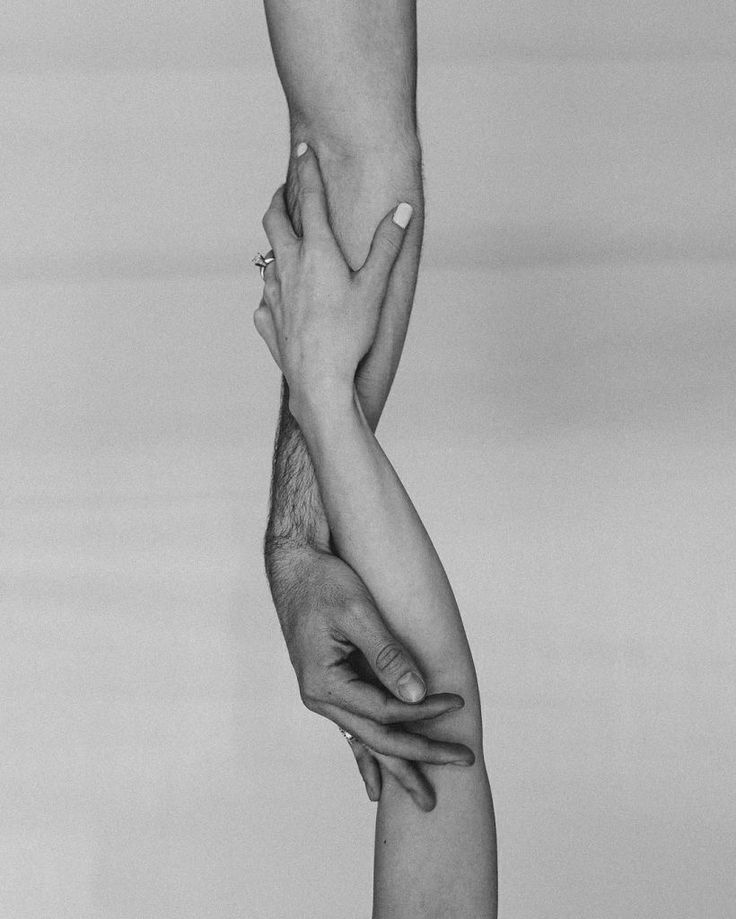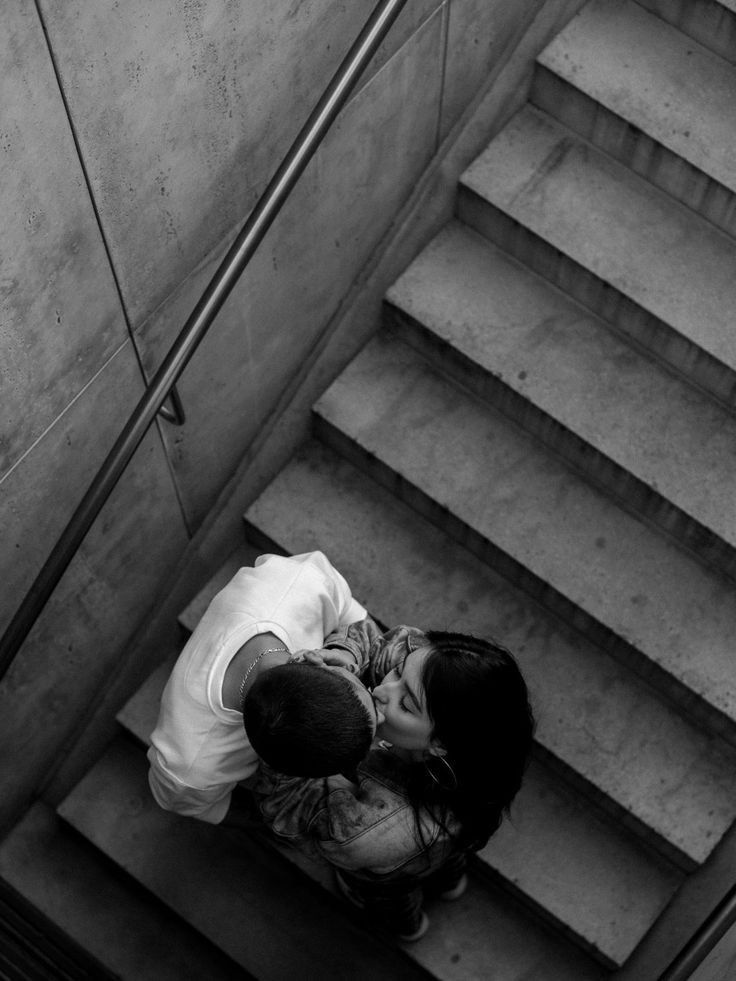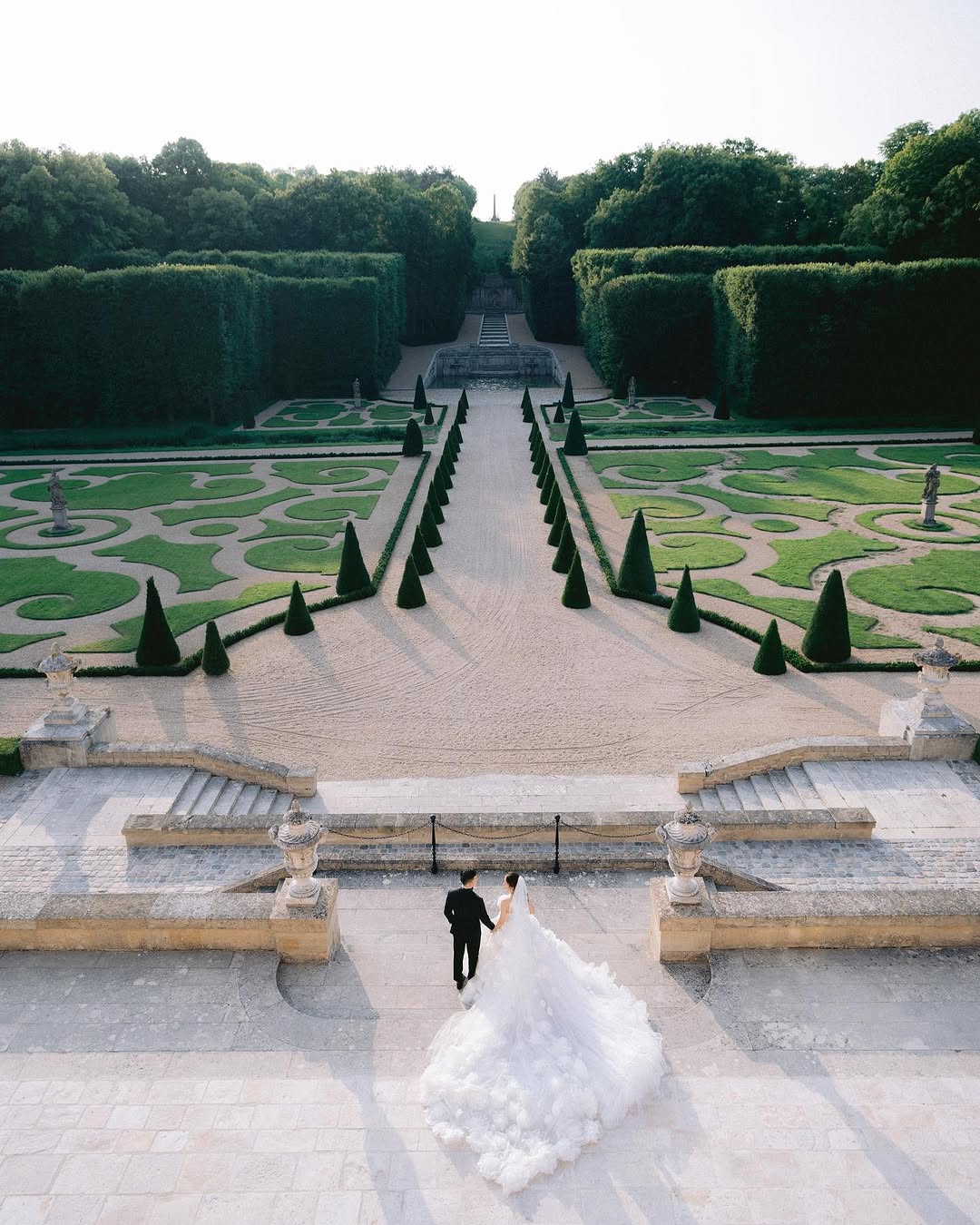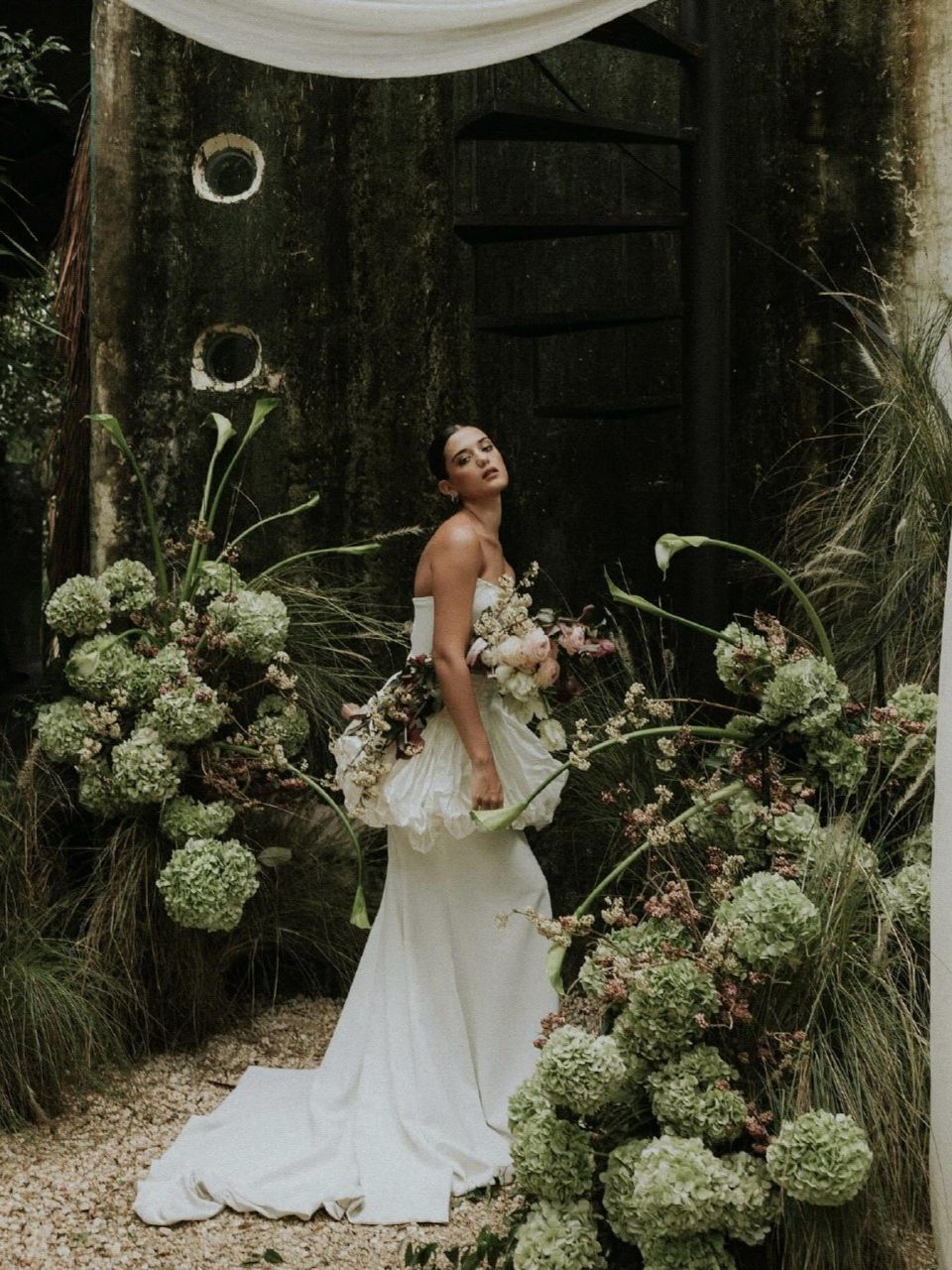Open Relationships: Explained
- Author: Natali Grace Levine
- Reading time: 6 min 25 sec
- Publication date: 01/18/2025
- Updated: 01/19/2025
- Open Relationship Definition & Meaning
- Open Relationships Boundaries: Striking the Perfect Balance
- Open Relationships Statistics: Fact vs. Fiction
- Open Relationships in Marriage: Expanding the “I Do”
- Open Relationships and Cheating: Where Do We Draw the Line?
- Open Relationships That Work: Celebrity Examples
- Open Relationship Advice from the Experts
They pop up in casual conversations, magazine headlines, and social media debates—open relationships are clearly on more people’s minds these days. Some folks see them as an exciting alternative to tradition, while others remain skeptical about how these arrangements can possibly work. Wherever you stand, there’s no denying that non-monogamy is stepping out of the shadows and right into mainstream discussions about modern love. But what is an open relationship? And why are so many couples interested in it? Let’s dive in!

Open Relationship Definition & Meaning


Ever run into someone who says they’re in a relationship but “seeing other people”? That’s essentially the idea behind open relationships. But let’s take it a step further and really unpack what this arrangement means—and how it’s far from a new phenomenon. While the modern term open relationship might feel fresh and edgy, variations of non-monogamy date back centuries, if not millennia. Ancient cultures and diverse societies throughout history have embraced multiple partners in one form or another, whether for practical, social, or religious reasons.
At its core, an open relationship is a dynamic in which both individuals agree it’s acceptable to date, connect with, or be intimate with people outside their primary bond. Rather than forsaking commitment altogether, these couples keep the trust intact by laying out clear ground rules and openly communicating about their outside experiences. Think of it as a structured approach to non-monogamy: both parties know new connections are on the table, and they’ve consented to this exploration from the get-go.
That said, open relationships meaning goes far beyond a simple “hall pass.” While some couples thrive with strict boundaries—like sharing every detail of outside encounters—others might operate on a “need-to-know” basis. The key to all these variations is mutual understanding. By talking honestly about what each partner wants (and doesn’t want), couples can craft an arrangement that reflects their emotional and physical comfort zones.
Historically, certain communities embraced polygamy, while others permitted a kind of informal “openness” without naming it. Today’s cultural landscape has given rise to more open conversation about non-monogamy, making people curious about exploring beyond traditional one-on-one exclusivity. For many, this newfound visibility encourages transparent dialogue that was once deemed taboo. Yet, it also means there’s no shortage of misinformation out there—leading to debates and misunderstandings about what open relationships really entail.
Open Relationships Boundaries: Striking the Perfect Balance


Boundaries are the heartbeat of any open relationship. While the concept of non-monogamy might sound like pure freedom, the truth is that most couples define specific guardrails to protect their emotional well-being and sense of security. These guidelines can take many forms—everything from rules about who you can see, when, and where, to agreements about how much emotional intimacy is allowed with outside partners.
Emotional vs. Physical Boundaries
Some couples draw a hard line around emotional attachment, preferring that outside connections remain casual or purely physical. Others are more flexible about emotional closeness but might limit how often outside partners spend the night. The point is to figure out what makes each person feel respected and safe. If one partner needs a bit more reassurance, that need is woven into the relationship’s framework, ensuring no one is left feeling anxious or sidelined.
Time and Scheduling
Time management boundaries often revolve around making sure the primary relationship remains a priority. This can mean setting specific “date nights” to reconnect or agreeing not to schedule outside meet-ups on important anniversaries or family events. Essentially, couples aim to strike a balance between personal freedom and shared obligations—whether that’s quality one-on-one time, joint social gatherings, or everyday responsibilities like chores and childcare.
Protecting Emotional Well-Being
Even with ground rules, insecurities and jealousy can pop up—nobody is immune. Boundaries give couples a roadmap for handling those feelings before they spiral out of control. For instance, if the idea of your partner spending the night elsewhere triggers major anxiety, you might set a boundary that outside dates wrap up by a certain time. Knowing you can renegotiate if something isn’t working goes a long way toward keeping the dynamic healthy and supportive.
Evolving Over Time
What works at the start of an open relationship might need tweaking as emotional landscapes shift. Maybe you initially thought you’d be fine hearing all the details, only to discover it’s more challenging than you imagined. Revisit and revise boundaries regularly—it’s not a sign of failure; it’s just part of staying in tune with each other’s emotional and mental states.
Open Relationships Statistics: Fact vs. Fiction


Pinning down hard numbers for open relationships isn’t easy, given how personal and varied these arrangements can be. However, recent surveys and studies paint a clearer picture than you might expect:
- 1 in 5 Have Tried It: A 2020 study published in the Journal of Sex & Marital Therapy found that about one-fifth of U.S. adults reported engaging in some form of consensual non-monogamy at least once in their lives.
- 25% Would Consider It: In a 2021 YouGov poll of over 1,000 Americans, roughly one-quarter said they’d be open to trying an open relationship if their partner wanted it, indicating a growing curiosity—even if many haven’t taken the plunge.
- 3–4% Practice It: Although exact figures fluctuate, recent estimates suggest that between 3% and 4% of committed couples in the United States currently identify as being in some form of open or polyamorous relationship.
These stats may not seem huge, but they represent a shift toward greater visibility and honesty around non-monogamy. While the number of people actually living in an open relationship is still relatively small, the percentage of those who say they’d consider it is notably larger—hinting that public perception might be warming to the idea.

Open Relationships in Marriage: Expanding the “I Do”
Surprisingly or not, open relationships in marriage are becoming a more frequent topic of conversation. Partners who’ve tied the knot sometimes decide that exploring connections outside the marriage breathes fresh air into long-term commitment. The logic? One person isn’t expected to fill every single emotional and sexual need indefinitely. Of course, the stakes can be higher here—spouses often have shared finances, children, or broader family dynamics to consider. For some, it’s a major plus; for others, it can be more complicated than it’s worth.
Open Relationships and Cheating: Where Do We Draw the Line?


It’s a common misconception that in an open relationship, “anything goes.” In reality, very real lines can be crossed—and crossing them can feel just as much like betrayal as it would in a monogamous setup. The difference is that in an open relationship, these boundaries aren’t assumed; they’re openly discussed and mutually agreed upon.
Even if partners give each other permission to see other people, cheating still happens if someone deliberately ignores the rules they set together. It’s not just about being intimate with someone else; it’s about going behind your partner’s back. Every couple defines its own limits—some forbid overnight stays, others prohibit emotional attachment. The point is that both individuals know what’s okay and what isn’t.
When someone does break the rules, it can sting in a unique way. After all, the honesty that’s supposed to form the backbone of non-monogamy has been violated. Rebuilding trust might involve renegotiating boundaries, seeking professional help, or taking a temporary pause on outside connections until both partners feel secure.
Open Relationships That Work: Celebrity Examples


Some celebrities have openly discussed their nontraditional relationship dynamics, offering a glimpse into how open relationships can flourish in the public eye (and under intense media scrutiny). For instance, comedian and actress Mo’Nique has spoken candidly about her open marriage to husband Sidney Hicks, explaining that honest communication is their secret to staying connected.
Another high-profile example is actor Nico Tortorella, who, along with partner Bethany C. Meyers, has highlighted the importance of setting personalized, flexible boundaries in what they call their “nontraditional” marriage. While Will Smith and Jada Pinkett Smith have neither confirmed nor denied an open arrangement, they’ve repeatedly emphasized the value of trust and authenticity over rigid rules—further fueling ongoing speculation that mutual freedom underlies their long-standing partnership.
Although public perception often focuses on the “scandalous” side of open relationships, these celebrity stories remind us that the key to making it work—famous or not—seems to lie in constant dialogue, empathy, and a willingness to adapt.
Open Relationship Advice from the Experts


While every couple has its own dynamic, experts generally agree on a few core principles that can help open relationships run smoothly.
Build on a Solid Foundation
Relationship therapists often stress that a stable partnership—with existing trust, mutual respect, and healthy communication—is crucial before introducing non-monogamy. If you’re already dealing with major unresolved conflicts, opening your relationship can magnify those issues instead of fixing them.
Clarify Your Motivations
According to sex educator Dr. Jess O’Reilly, it’s vital to explore why you want an open relationship in the first place. Is it to address mismatched libidos, explore sexual curiosity, or maintain personal freedom within a committed bond? Understanding your “why” helps keep both partners aligned and can prevent misunderstandings down the line.
Plan for Emotional Turbulence
Jealousy, insecurity, and fear of missing out can still arise, even with clear guidelines. Couples counselor Dr. Tammy Nelson recommends actively discussing these emotions instead of trying to hide them. Having a “jealousy emergency kit”—for instance, designating time to talk through tough moments—can turn flare-ups into opportunities for deeper understanding.
Seek Support if Needed
If conflicts feel unmanageable, consider consulting a therapist experienced with non-monogamy. They can provide objective insights and tools tailored to open relationships. Online forums and local meet-up groups also offer a sense of community where couples can learn from others navigating similar paths.














